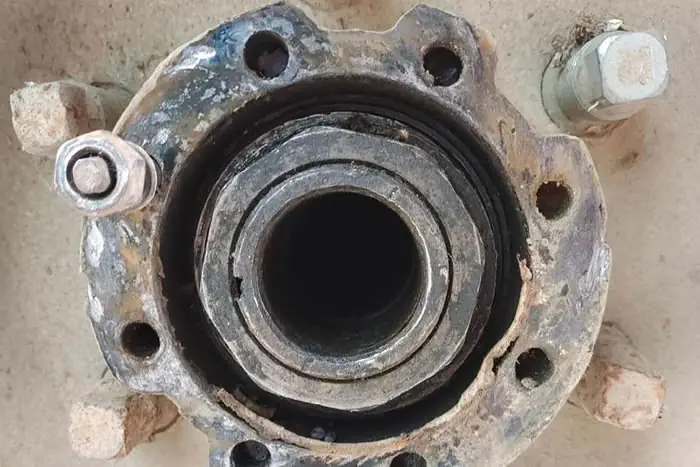What To Do When a Tensioner Bolt Breaks: Professional Removal & Prevention
What To Do When a Tensioner Bolt Breaks: Professional Removal & Prevention
Published by SAIVS
If a tensioner bolt breaks inside an engine block or mounting flange, swift and correct action prevents bigger repairs and downtime.
This technical guide explains proven removal methods, prevention practices, and why sourcing replacement hardware from SAIVS reduces future risk.
Why Tensioner Bolts Fail
Tensioner bolts are small components doing high-stress work in belt-driven systems.
Overtightening or under-torquing changes load distribution and invites failure.
Corrosion and metal fatigue create microscopic cracks that grow under repeated cycles.
Occasionally manufacturing defects produce premature breakage—another reason to choose verified SAIVS high-grade bolts.

Common Causes
Overtightening — applying excess torque weakens the bolt’s shank.
Improper torque — insufficient torque lets the bolt vibrate and shear.
Corrosion & fatigue — environmental exposure and repeated cycles reduce strength.
Poor-quality hardware — non-grade bolts can fail long before their expected service life.
Safe, Step-by-Step Removal Methods
When a bolt breaks, assess accessibility before choosing a removal method.
If the broken stud protrudes slightly, extractors often remove it without further machining.
Below are reliable techniques used by professional technicians and offered as support recommendations by SAIVS.
1. Using a Bolt Extractor
Drill a centered pilot hole into the fractured bolt—start with a small bit and progress carefully.
Choose a matched-size extractor and tap it into the hole to seat the tool.
Turn counterclockwise with steady force; avoid jerking motions to reduce chances of further damage.
If resistance is extreme, stop and consider alternative approaches to avoid enlarging the damage.
2. Drilling Out and Retapping
If the extractor fails or the bolt is deeply embedded, drill out the bolt entirely.
Increase drill size progressively until the core is removed.
Retap the hole with the correct thread pitch and install a replacement SAIVS tensioner bolt or helicoil insert where appropriate.
Use a Torque Wrench to tighten to manufacturer specifications to prevent reoccurrence.
3. Right-Angle Drill for Tight Spaces
On compact engines or constrained housings, a right-angle drill provides access that standard tools cannot.
Use the same care with pilot holes and extraction tools, but choose low-speed, high-torque settings to maintain control.
Preventive Measures to Avoid Future Breakage
Prevention is more cost-effective than removal and repair.
Follow these best practices to extend component life and reduce failures.
Key Prevention Steps
Follow torque specs — always use a calibrated torque wrench and the manufacturer’s recommended setting.
Choose high-grade bolts — SAIVS supplies grade-rated, heat-treated bolts designed for high-stress tensioner applications.
Routine inspections — regular visual checks catch corrosion, looseness, or early fatigue signs.
Anti-seize application — a light coating prevents galling and eases future removal while protecting threads from corrosion.
Replace associated hardware — when changing belts, replace the tensioner, pulley, and mounting bolt as a matched set.
When to Call Professionals
If the bolt is inaccessible, located near critical components, or if drilling risks damaging the block, seek trained technicians.
SAIVS provides technical support and can supply replacement tensioner assemblies, bolt kits, and professional installation guidance to minimize downtime.
Why Choose SAIVS Components
SAIVS offers high-strength tensioner bolts, matched tensioner assemblies, and replacement hardware backed by quality control.
Using SAIVS parts reduces the probability of rebreaks and ensures compatibility with your belt systems.
For commercial maintenance programs, SAIVS can supply bulk replacement kits and technical documentation to standardize repairs.
Proper diagnosis, careful extraction technique, and prevention through quality hardware are the three pillars of avoiding future tensioner bolt failures.
Use the right tools, follow torque specs, and source replacement parts from trusted suppliers like SAIVS to keep equipment running reliably.
Why Choose SAIVS™ as Your Supplier?
With 20 years of industry experience, SAIVS is a leading Chinese manufacturer of high-quality tools, offering competitive pricing and excellent customer service.We pride ourselves on exceptional quality control, extensive experience, and comprehensive after-sales service.